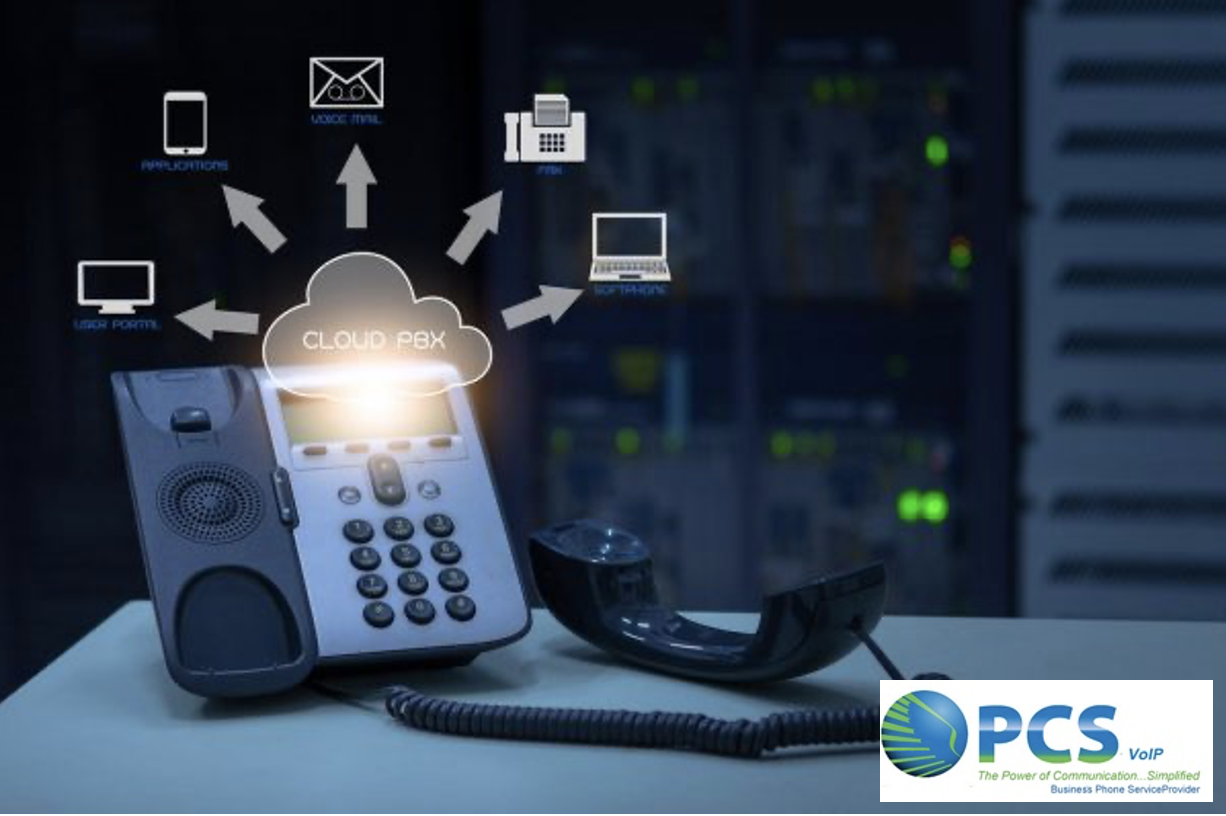
VoIP didn’t become a viable solution from the get-go. Its development required decades of research, experimentation, and technological evolution before it would become a mainstream option. In the past, VoIP struggled to prove its reliability, even with unreliable internet connection. Since then, the technology has improved dramatically, as have the methods and connections used to deliver it. VoIP now enjoys the same levels of availability and robustness as traditional telephony did at its peak. Through this, we attempt to understand and provide a realistic picture of the reliability that VoIP can achieve today.
A Brief History of VoIP
When VoIP devices capture the sound of a voice, these sounds are digitized and broken down into discrete packets and sent individually over an IP network. Then, the destination device reassembles these packets and reproduces sound to the person on the other end of the line.
The quality of the reproduced sound depends on how those packets arrive at their destination. They must arrive in a consistent and timely manner at regular intervals to be reconstructed as a true representation of the original voice. Packet loss can ruin the sound quality that VoIP delivers.
Back in the year 2000, the performance of IP networks was more than sufficient to carry data, but they had too much packet loss for VoIP, especially during network congestion. Broadband internet started becoming readily available and affordable in most populated areas of the developed world by the early 2000s. That, combined with the invention of the modified discrete cosine transform (MDCT) codec (which made it easier for software to send audio as data over the web), set the stage for VoIP’s emergence.
Traditional Telephony Comparison
VoIP has always been compared with the benchmark of traditional telephony, which has been around for well over a century. The reliability of the telephone was legendary — even during power outages. Dial tone was one thing that you could always count on.
VoIP Today
The issues with VoIP from decades ago are a far cry from the reality of VoIP today. VoIP matured into a set of technologies that have come of age, so to speak, overcoming all the obstacles of the technology’s infancy. VoIP has not only achieved the same level of reliability as traditional telephony, but far surpassed it in virtually every way. Several considerations have contributed to modern VoIP’s quality and reliability:
- IP networks are getting faster: Internal corporate LANs and internet connections are delivering higher bitrates, while the bandwidth needed for VoIP communication remains very small. This makes more network bandwidth available for VoIP, which means less chance of packet loss or network congestion.
- IP networks are becoming more reliable: As more and more mission-critical services leverage IP networks, the need for reliable, data networks is constantly increasing. Networks are more robust today than ever before because of customer demand. Reliability is now being built into network designs inherently.
- Quality of Service (QoS): Even the best-designed networks will experience network congestion, and when that happens, VoIP calls may experience packet loss and jitter, resulting in poor voice quality. To deal with such situations, network devices have developed a sophisticated set of mechanisms that implement QoS features. These mechanisms can identify VoIP packets and prioritize them so that even under congestion, voice packets will arrive at their destinations on time.
- Maturity of VoIP services: Finally, the VoIP products and services themselves have improved greatly since the first IP phones in the late 1990s. IP PBXs, IP phones, softphones, mobile apps and cloud-based VoIP services are all extremely robust and rarely experience failures of any major consequence. If VoIP services are correctly deployed, they can perform well even over somewhat limited connectivity infrastructure, such as public Wi-Fi networks.
VoIP Technology Remains Sound
All of the above-listed virtues are based on the evolution of VoIP technology itself. The technology is sound, but each procurer still has the responsibility of evaluating the products and services being offered as well as the infrastructure in place for technical support to deal with questions and concerns.
The history of VoIP technology continues to evolve, making it more affordable and feature-rich than primitive landline services. Now entire offices can even use VoIP smartphone apps to conduct business communications on the go.
VoIP communication systems continue to innovate and offer new and advanced VoIP phone features. Most VoIP providers offer functionality like video calling, messaging, file sharing, automated attendants, and call recordings. Others provide still more advanced tools like customer relationship manager (CRM) integrations, interactive voice response (IVR) tools, real-time analytics, and hotdesking.
Conclusion
With the reliability of today’s networks and the robustness of VoIP services, there should be no qualms about deploying a full-fledged VoIP network for your enterprise. If deployed correctly, not only will it deliver a high level of reliability, but also offer unprecedented flexibility, customization and innovation to meet the needs of even the most demanding businesses.
